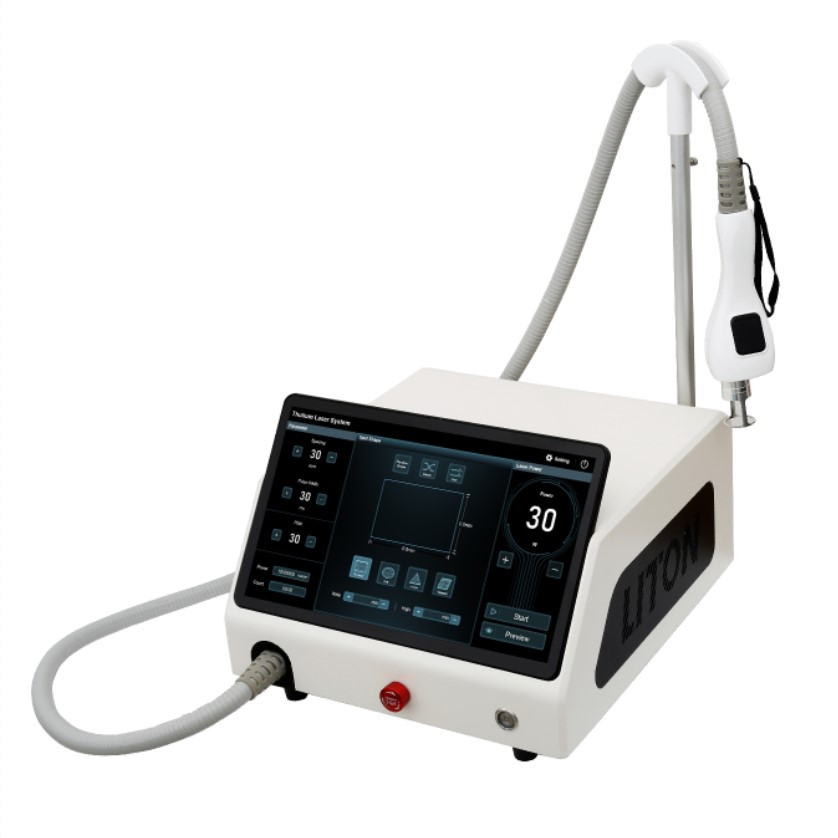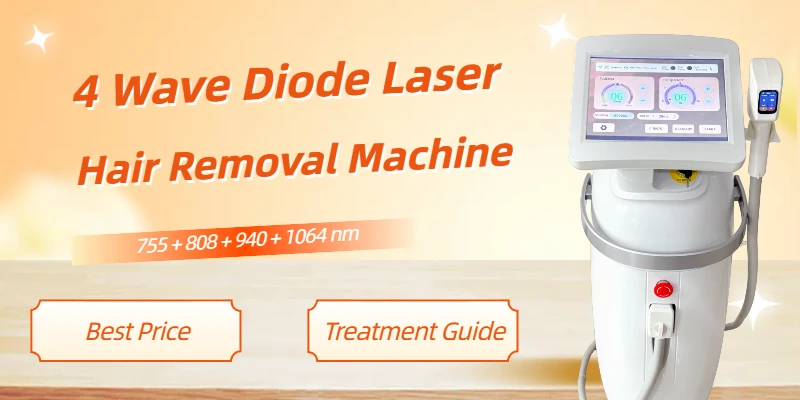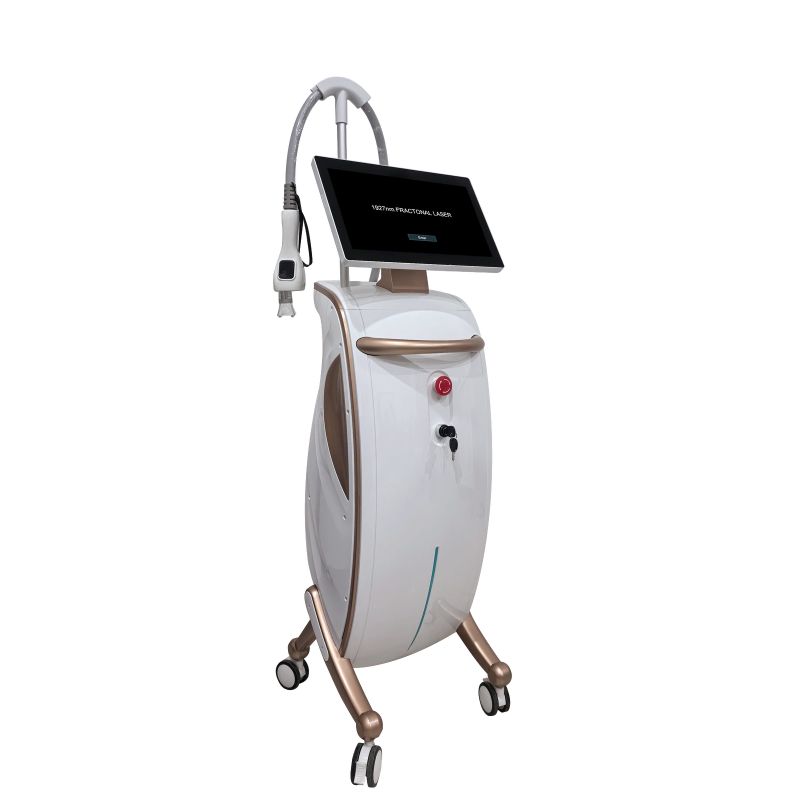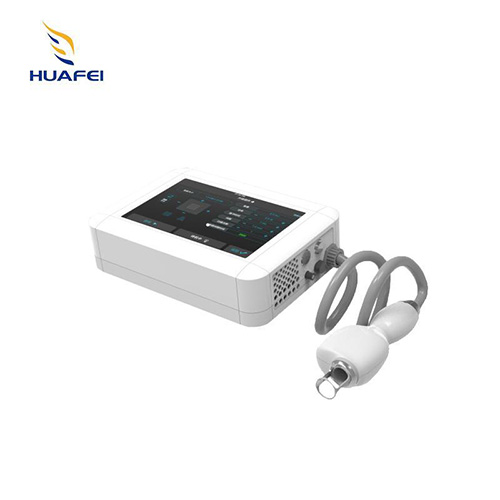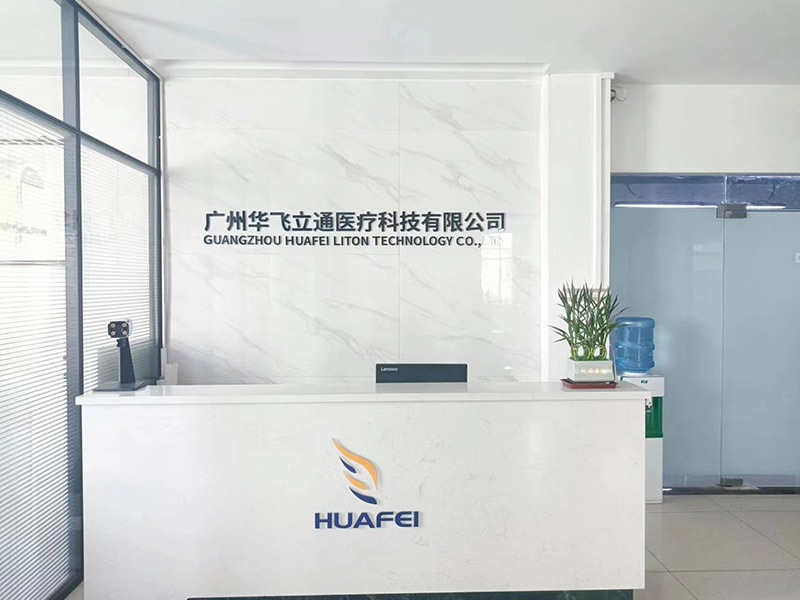Introduce
Large pores (enlarged pores) are not considered a skin disease; however, people today have increasingly higher expectations for their appearance, desiring smoother, more even-toned skin. With the continuous upgrading of optoelectronic cosmetic equipment, technologies such as lasers, radiofrequency, and focused ultrasound offer more treatment options for improving age-related enlarged pores.
To meet patients’ needs for treatments that are non-invasive, with short or no recovery time, many choose non-ablative lasers for minimizing enlarged pores.
Today, we’ll discuss which non-ablative fractional lasers can improve enlarged pores and share the basic settings and adjustments for treatment parameters, spot size, and energy.
Causes of enlarged pores
Enlarged pores specifically refer to pores with a single opening area exceeding 0.02 mm², forming an uneven appearance on the skin surface. Enlarged pores are most commonly found on the nasal alae (66.57%) > front of the nose (59.55%) > cheeks (58.46%).
The size of facial pores is related to changes in morphology and structure. The keratinocytes surrounding enlarged pores are typically characterized by funnel-shaped elongation of follicles, an increase in irregular structures at the dermal-epidermal junction—multi-ring papillary structures—an increase in coarse collagen fibers forming tubular structures around the follicles, and a decrease in the number of reticular collagen fibers replaced by coarse collagen fibers. After pore enlargement, the hair shaft widens, and the difference in collagen density between the upper and deeper layers of skin increases. The lower collagen density in the deeper dermis, combined with the thicker tubular structures around the hair follicles, leads to changes in skin tension distribution, resulting in dilation of the funnel duct and epidermis, thus enlarging the pores.
Histopathologically, enlarged pores appear as inward-pointing stalactite-like structures at the dermal-epidermal junction. Excessive sebum secretion, decreased skin elasticity around pores, and large hair follicle volume are the main causes of enlarged facial pores.
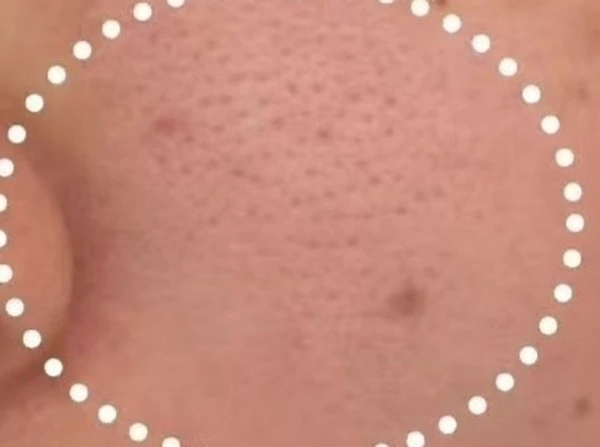
Grading of enlarged pores
| Pore enlargement level classification | Describe |
| Level 1 | Very few visible pores |
| Level 2 | Slightly visible pores |
| Level 3 | Pores are clearly visible |
| Level 4 | Visible pores or keratin plugs smaller than the pore size |
| Level 5 | The pores are very clearly visible,
or they contain keratin plugs that are the same size as the pores. |
| Level 6 | Noticeably enlarged pores or keratin plugs protruding from the pores,
resembling strawberries. |
Common Treatments for Enlarged Pores
To address the root causes of enlarged facial pores, and considering the patient’s accompanying symptoms and treatment needs, we require a comprehensive approach combining medication, phototherapy, and laser therapy for personalized treatment.
- For enlarged pores caused by excessive sebum secretion, oral or topical medications to inhibit sebum secretion, botulinum toxin micro-injections, and phototherapy techniques targeting the sebaceous glands can be used.
- For enlarged pores caused by skin aging, phototherapy and laser techniques for facial rejuvenation and skin reconstruction can be employed, with an overall improvement rate of 18%–35%.
Common laser devices used to minimize enlarged pores include: non-ablative fractional lasers, ablative fractional lasers, Q-switched 1064nm Nd:YAG lasers with varying pulse widths, erbium lasers, thulium lasers, and Pico lasers.
In addition, glycolic acid peels and microneedling can also be used to improve enlarged pores.

Non-ablative Fractional Laser Treatment
Enlarged pores caused by skin aging can be treated with phototherapy techniques for facial rejuvenation and facial skin reconstruction, with an overall improvement rate of 18% to 35%.
Below are some parameter settings for non-ablative fractional laser treatment to improve enlarged pores.
- 1565nm fractional laser (M22, Lumenis, USA): 200-300 microbeams/cm², energy density 20-40 J/cm², 1-2 scans, customizable spot size and shape, treatment interval 3-4 weeks, 4 or more treatments required.
- 1550nm erbium glass fractional laser (Mosaic, Lutronic, South Korea): Energy 20-28 mJ, 400-900 microbeams/cm², 1 scan, customizable spot size and shape, treatment interval 1 month, 3 or more treatments required.
- 1440nm fractional laser (Clear+Brillian Laser System, Solta, USA): 500 microbeams/cm², energy 4-9 mJ, 8 repeated scans, treatment interval 2 weeks, 6 or more treatments required.
- 1410nm fractional laser (Fraxe Re:Fine, Solta, USA): 20% coverage, energy 15-20 mJ, treatment interval 3 weeks, 3 or more treatments required.
- 1064nm Nd:YAG picosecond laser (Picocare, Wontech, South Korea): 8mm spot diameter, 450ps pulse width, energy density 0.6-0.8 J/cm², frequency 10Hz, treatment interval 2 weeks, 5 or more treatments required.
- 1064nm Nd:YAG picosecond laser (Enlighten, Cutera, USA): energy density 0.8 J/cm², spot diameter 8mm, frequency 5Hz, coverage 15-20%, treatment interval 4 weeks, 3 or more treatments required.
- Fractional 755nm Picosecond Laser (Picocare, Cynosure, USA): Spot diameter 6mm, energy density 0.71J/cm², pulse width 750ps, frequency 10Hz, treatment interval 1 month, 2 or more treatments required.
- 1927nm Fractional Thulium Laser (Liton Laser, Huafei Liton, China): Power 3~5W, pulse duration 1.5ms, pulse interval 0.6~0.8mm, total energy 3~5 millijoules, treatment interval 2 weeks, 2~4 sessions required.
The endpoint reaction (the basis for treatment termination) of non-ablative fractional laser treatment is: erythema and edema. Pinpoint intradermal hemorrhage may occur when using 1064nm fractional laser treatment.
Droplet Erbium Laser Shrink Pores
1. Minimize Enlarged Pores Before and After

The image above shows before and after photos of Liton Laser’s treatment for enlarged pores using a combination of thulium and erbium lasers.
Before treatment, the patient’s pores were quite large, affecting the overall appearance of the skin; after treatment, the patient’s skin became smooth, the pores shrank, and the pores were almost invisible.
If you are interested in thulium-erbium laser for minimizing enlarged pores and would like to see full treatment details, please see: Thulium Laser for Shrinking Pores.
2. Thulium-Erbium Laser Machine
This is the new version of the thulium-erbium dual-wave laser sold by Liton Laser. It can effectively shrink enlarged pores and has excellent treatment results in areas such as melasma treatment, inflammatory acne removal, and skin anti-aging.
If you need to purchase a high-quality thulium-erbium dual-wavelength (1927nm and 1550nm) laser, please feel free to contact Liton Laser for more information.
Liton Laser not only provides high-quality machines but also professional and effective clinical treatment guidelines, ensuring that customers not only receive excellent equipment but also learn the correct operation and usage methods to ultimately achieve the best treatment results.
Frequently Asked Questions
Q1: What are some non-ablative laser treatments for minimizing enlarged pores?
Lasers with wavelengths of 1565nm, 1550nm, 1440nm, 1410nm, 1064nm and 1927nm can be used to shrink pores.
Q2: What is the most effective laser for shrinking pores?
Liton Laser discovered that using a combination of 1927nm thulium laser and 1550nm erbium laser can effectively minimize enlarged pores, requiring only two treatment sessions.
Q3: How do I purchase a high-quality pore-minimizing machine?
Liton Laser sells 1927/1550nm thulium-erbium dual lasers, which can effectively improve enlarged pores. If you need a high-quality aesthetic device that can shrink pores, please contact Liton Laser.
Conclusion
Non-ablative fractional lasers (recommended wavelengths 1064, 1565, 1550, and 1927 nm) are a preferred option for treating enlarged pores caused by skin aging or excessive sebum production due to their advantages such as shorter post-ablative recovery time, lower risk of post-inflammatory hyperpigmentation, improved skin elasticity, and reduced sebum secretion.
Liton Laser highly recommends a combination of 1927nm thulium and 1550nm erbium lasers for treatment, using a dual-wavelength non-ablative approach that can produce excellent results in just one session.
The 1064nm picosecond fractional laser offers an even shorter post-inflammatory hyperpigmentation period among non-ablative fractional lasers.
For patients with enlarged pores and atrophic scars following acne, ablative fractional lasers are preferred for better skin smoothness, but their recovery time and post-inflammatory hyperpigmentation period are longer compared to ablative lasers.

